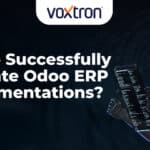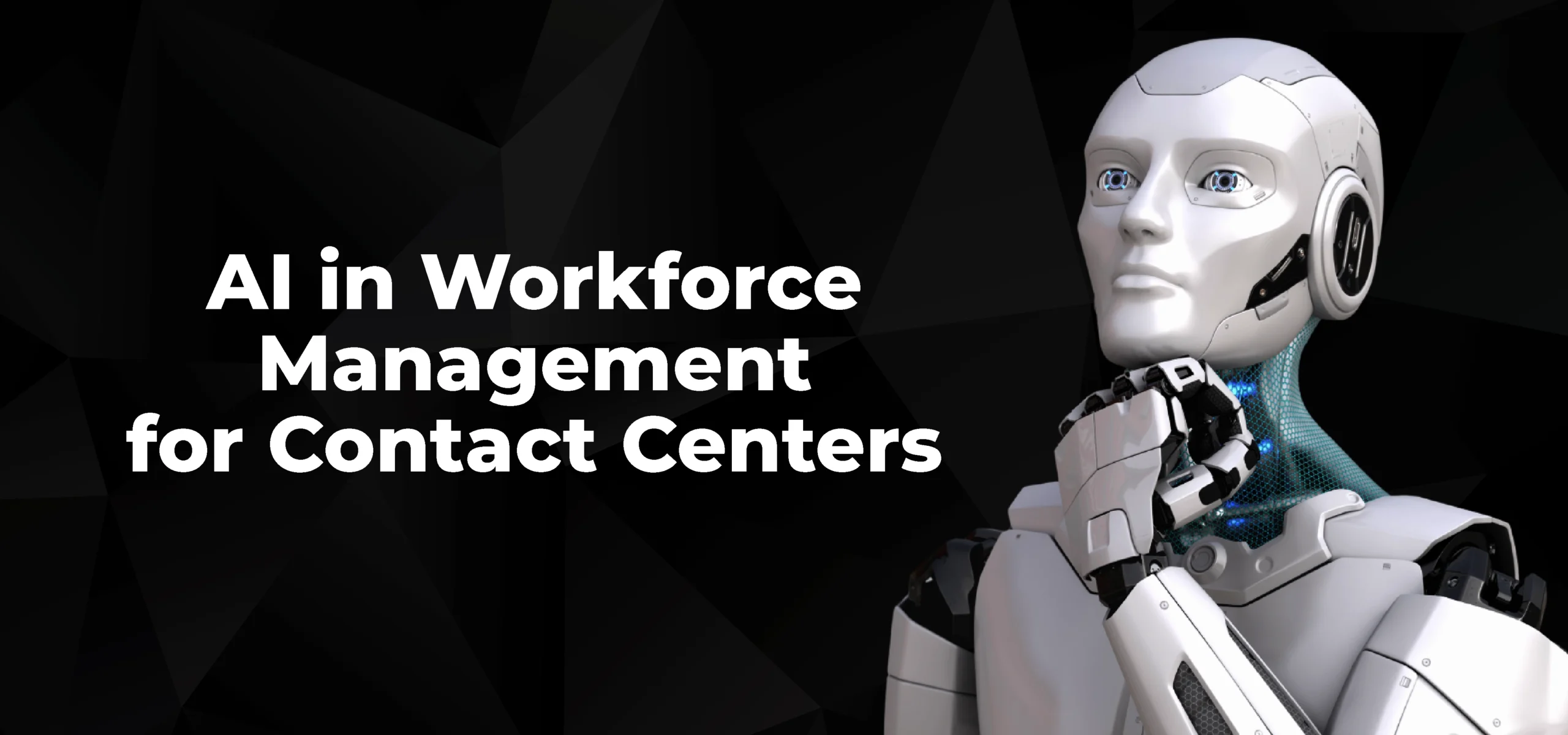
Everything You Need to Know About Migrating to Odoo 17 from Older Versions
February 27, 2024
How to Harness Artificial Intelligence for Workforce Management in Contact Centers?
March 26, 2024How does Odoo facilitate the transition to a paperless environment for an Asset-based organization?
In today’s world of rising pollution levels, the prudent use of resources like paper is essential for all organizations. Odoo offers a sustainable and efficient solution to help organizations move away from paper-based processes. Let’s explore how Odoo achieves this transformation.
Challenges of paper-based operations in organizations
Organizations that rely on paper-based processes face the following issues:
Expensive overheads: Paper-based processes include associated costs of devices like printers, copiers, files, filing systems, stationery, etc that are essential for the recording processes.
Productivity: Locating information, manually updating it, and making it accessible for later reference is a slow process when an organization uses paper-based recording and updating mechanisms. With a better system in place, staff could redirect their attention to more productive activities related to the business.
Storage: Storing paper files requires large amounts of space, which is expensive. The same could be done smartly by saving it in the cloud or through digitization.
Environment: Finally, the impact of a paper-based approach is significantly high on the environment. It is not a sustainable long-term solution.
Odoo Modules for Streamlining Business Operations and Reducing Paper Dependency
Odoo provides a range of integrated modules that address these challenges by streamlining business operations and reducing reliance on paper. Let us look at some of the Odoo Modules that facilitate this transition.
Sales & CRM:
- The Odoo Sales module is a complete solution that enables sales teams to create, send, and track quotes, orders, and invoices electronically using features like e-signatures and online portals. Furthermore, the CRM module centralizes all customer information and facilitates communication through email, chat, and SMS.
Purchase & Inventory:
- With Odoo’s purchase module, it is possible to automate your procurement process from end-to-end with electronic purchase orders and e-invoice integration. It also records vendor information, streamlines approvals, and facilitates online payments, thereby eliminating paper clutter.
- Odoo’s inventory module unifies all asset-based information, eliminating the need for bulky file storage systems. Furthermore, it generates automated reports based on data from modules like Purchases to provide real-time visibility into your stock levels, minimizing errors and paper usage.
Project Management:
- The Odoo Project module provides online collaboration tools for teams to share documents, assign tasks, track progress, and communicate seamlessly. Eliminate printed project plans, meeting agendas, and status reports, centralizing everything within the digital platform.
Accounting & Finance:
- By integrating Odoo, accounts, and finance departments can use the Odoo Accounting module to capture all financial transactions. Businesses can also automate reconciliation, generate e-invoices and statements, and manage payments online through functionalities like the Payment module.
Human Resources:
- Manage resumes, applications, and offer letters electronically within the Odoo Recruitment module. Onboard new hires digitally with e-signatures for contracts and online access to company policies and documents using the HR Management module.
Odoo Integration Benefits
Each of the above Odoo modules eliminates paper within its domain. However, Odoo’s strength lies in seamless integration between modules, reducing paper dependency at an organizational level.
For instance, imagine a sale in CRM triggering a purchase order in Purchase. Odoo automatically updates the sale in the Inventory Module also. This integration between modules eliminates data silos and redundant paperwork. Instead, it creates a unified, paperless workflow.
Let us consider a real-life example of how Voxtron leveraged the Odoo Asset Maintenance Module to digitize operations at a Construction Company in the Middle East.
Real-life Example: Voxtron’s Success with Odoo Asset Maintenance Module
Efficient asset management is crucial for the smooth daily operations of any organization. By diligently monitoring assets and their real-time conditions, organizations can efficiently track equipment availability, identify potential failures, assess profit and loss, and enhance overall operational performance.
However, in inventory management, the conventional approach of documenting and filing all asset information in physical form is inefficient. It also becomes expensive and cumbersome as organizations scale. This is where the Odoo maintenance module comes in as a game-changer.
Odoo’s maintenance module is highly scalable and efficient, overseeing asset tracking throughout its life-cycle, from procurement to disposal. It centralizes all asset information, including registration, adjustments, transfers, depreciation, maintenance requests, orders, and reports for extensive inventories.
Odoo also automates tracking, depreciation calculation, and maintenance notifications, and provides intelligent reporting. These features simplify and enhance asset management and maintenance processes, making them straightforward and efficient.
By deploying the Odoo fixed asset maintenance module, organizations with a vast inventory can utilize a single platform for entire asset management. This platform facilitates tracking of all asset data while reducing manual processes and increasing productivity. It also improves integration between applications and other systems and takes advantage of newer technology, especially mobile technology.
Impact of Asset Management Module Implementation at a Leading Construction Company
A leading construction company in the Middle East faced inefficiencies due to their outdated asset management system and excessive dependency on manual, paper-based processes. To overcome paper-based dependencies and simplify their entire process, Voxtron implemented the Odoo Asset Management and Maintenance Module for the organization.
As part of this implementation, all information pertaining to each asset was captured and compiled in a unified platform, including purchase date, warranty information, insurance information, and more. This enabled facility employees to have complete access to 360-degree information about the asset without digging through piles of files.
In addition to the standard features offered, the module also digitized the entire asset management process. New features like barcode/QR code generation, online depreciation tracking, and maintenance order processing were introduced. Additionally, a custodian app was enabled for asset tracking and updates in real-time from anywhere. Through automation, alerts and notifications were also set for maintenance, insurance renewals, and device end-of-life alerts.
The Odoo maintenance module enabled the organization to manage overhead and control costs by tracking real-time inventory asset levels and accurately forecasting future demands. More importantly, the introduction of this module enabled digitization of all assets, reducing manual effort, and saving time and costs.
Conclusion
Odoo is a powerful tool that can facilitate the transition to a paperless environment for asset-based organizations. By eliminating paper-based processes, organizations can reduce expenses, improve productivity, and reduce their environmental impact. Odoo’s suite of integrated modules, such as Sales & CRM, Purchase & Inventory, Project Management, Accounting & Finance, and Human Resources, can help organizations digitize their operations and create a unified, paperless workflow.
The Odoo Asset Maintenance Module, as demonstrated by the above example, can be particularly effective in managing and tracking assets and reducing manual processes. By implementing Odoo, organizations can take a step towards a more sustainable future and improve their overall efficiency.




